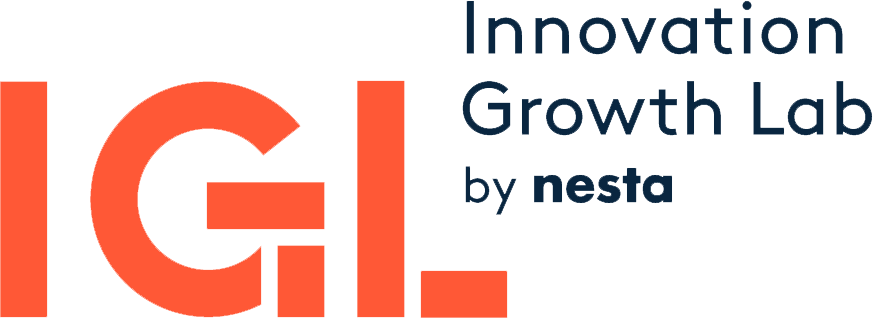A randomised field experiment in Kenya uses differing levels of subsidies for an innovative bed net to suggest that temporary subsidies help short-term adoption rates of new (health) technologies and can perhaps have an effect on long-term adoption rates due to the learning experience.
IGL Trials Database
IGL curates a database with randomised controlled trials in the field of innovation, entrepreneurship and growth. Browse our list of topics, see it as a map, or use the search function below.
A voucher programme for SMEs in Manchester, UK, to invest in creative projects showed significant positive, but short-term, effects on innovation and sales growth.
Previous research in economics shows that compensation based on the pay-for-performance principle is effective in inducing higher levels of effort and productivity. On the other hand, research in psychology argues that performance-based financial incentives inhibit creativity and innovation. How should managerial compensation be structured if the goal is to induce managers to pursue more innovative business strategies?
In this lab experiment intended to recreate sorting into jobs and productivity in those jobs within the labour market, there is stong evidence of multidimensional sorting, including gender, risk attitudes, and productivity. Therefore, firms should consider both effort effects and the self-selection of different types of workers.
In the context of a fruit producer in the UK, social connections increase productivity of connected workers, but their effect on the allocation of managerial effort hinders firm productivity under fixed wages. Thus managerial behaviour is shaped by both social connections with subordinates and monetary incentives. In this setting, it is in the firm's best interest to foster social ties between management and workers, but to introduce monetary incentives to achieve an efficient interplay between social relationships and incentives.
In the context of microfinance in Sri Lanka, high variance in returns may limit the willingness of banks to lend to microenterprises, but it remains a puzzle why incremental growth and reinvestment remains such a challenges as many firms have exhibited a high level of returns.
In the context of a fruit producer in the UK, the introduction of managerial incentives provides evidence of positive effects on worker productivity. In this context, when managers' pay is linked to the firm's performance, their interests become more aligned with those of the firm, which ultimately translates into stronger alignment of incentives of the workers they manage since the managers can target their efforts to specific workers. This also sheds some light on how managerial incentives determine earnings inequality among workers.
An innovation voucher scheme in the Netherlands appears to successfully encourage SMEs to work with public research institutes on innovative projects.
In the context of a major consumer credit company in a department where employees conduct measurable and relatively low-complexity tasks, there were significant differences between the effects on performance of routine pay for performance and the O.B. Mod.-administered money. This points to the importance of theory-based, systematic application procedures. Supervisors can quickly be trained in the steps of behavioural management, and can effectively implement them quickly to obtain positive performance results.
